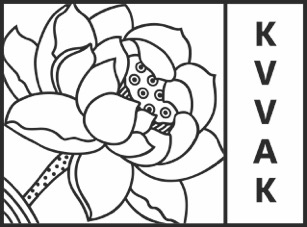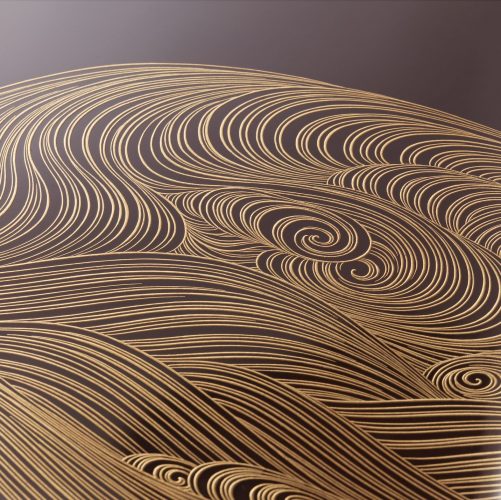
Symposium Japanese Lacquer
We are pleased to announce that the Royal Asian Art Society and Society for Japanese Art have collaborated to organize a series of lectures on 3 July 2022 in the Rijksmuseum Auditorium on the occasion of the exhibition in the Rijksmuseum, “Modern Japans Lak” (Modern Japanese Lacquer). An exquisite collection of Japanese lacquer from the period 1890-1950 will be on display in the Philips wing of the Rijksmuseum from 1 July to 4 September. The symposium features four speakers who will discuss in detail various aspects of Japanese lacquer: from traditional elegant scenes in gold, silver, and black, to vivid colours and bold motifs. The first three lectures are in Dutch, the last in English. All lectures will be recorded and made available with English subtitles.
This symposium is made possible in part by Flora Fonds / Rijksmuseum Fonds.
Program
12.00 Lecture by Dave van Gompel ‘Layered Aesthetics – an introduction to the techniques of Japanese lacquer art’
12.45: Lecture by Jan Dees ‘Modern Japanese Lacquer 1890-1950 – From an eye for detail to a sense for impact’
13.30: Break with coffee and tea
14.00: Lecture by Menno Fitski ‘Temporality of Nature in Japanese Lacquer: Bellflowers, gentians, and water striders’
14.45: Lecture by Ching-Ling Wang ‘Japanese Lacquerware in the Chinese Imperial Collection and Its Contexts’
15.30: Paneldiscussion led by Menno Fitski
16.00: Drinks and snacks
17.00: End
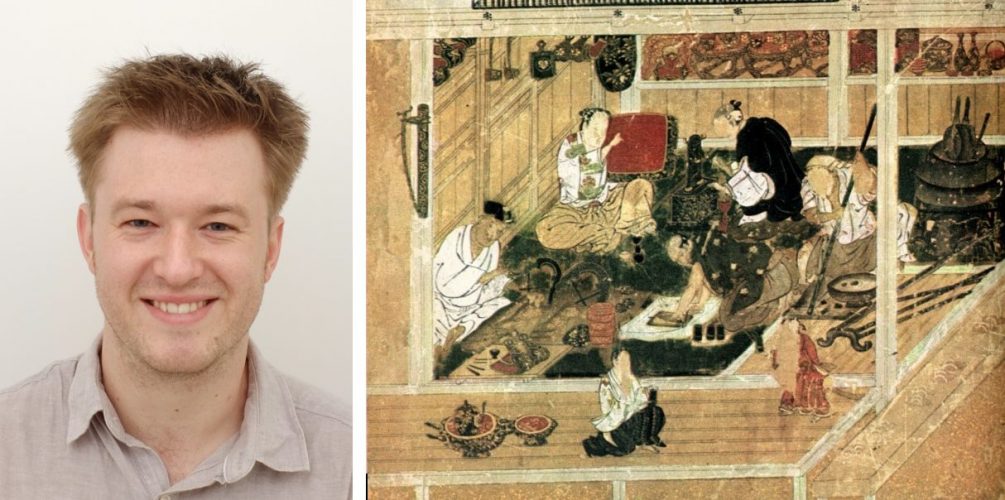
Layered Aesthetics: an introduction to the techniques of Japanese lacquer art
Dave van Gompel
In the evaluation and appreciation of Japanese lacquer art (urushi), it is virtually impossible to ignore the exquisite techniques and skills that lie at the heart of this unique art form. This poses a significant challenge for Western observers, as there are no domestic materials that allow us to draw direct parallels in terms of material properties and production processes. In Japan, urushi is still regarded as one of the most demanding and complex crafts, which involves years of rigid training as well as overcoming a painful skin allergy. And whereas the quality of an oil painting is typically only judged from a direct frontal view, the sprinkled or inlaid images in lacquer decorations must demonstrate a perfectly uniform reflection from every imaginable angle. To understand how the lacquer artist achieves this level of perfection, it is essential to realize that lacquer is not simply a flush painting, but a layered, three-dimensional image. By going into the depth of its many layers, this lecture will argue that Japanese lacquer can be rightfully called a pinnacle of human achievement. Techniques such as gold sprinkling, pearl inlays, and carved lacquer will be discussed in detail, which will hopefully provide the audience with a new perspective on the richness of the items that are on display during the exhibition; some of which took many months or even years to complete.
Biography
Dave van Gompel (Amsterdam, 1984) studied art history and furniture conservation in Amsterdam. After working for the Tropenmuseum, Rijksmuseum, and a private workshop, he moved to Japan to complete a five year doctoral program in lacquer art at the Tokyo University of the Arts. Now back in the Netherlands, Dave works as a restorer of lacquered items, does his PhD in knowledge transfer of manual skills at the University of Amsterdam, and is involved with several projects to promote Japanese crafts in the Netherlands.

Modern Japanese Lacquer 1890-1950 – From an eye for detail to a sense for impact
Jan Dees
Japanese lacquer has a long history. For over a thousand years objects made for daily use have been decorated with powdered gold and silver set against a black or golden background. This exhibition is about a unique period within the history of Japanese lacquer. During this period the detailed, traditional motifs developed into impressive designs, which often show foreign influences. The dreamy scenes in gold, silver, and black make way for larger, colourful designs with more realistic characteristics. The desire for this artistic development arose from the frustrations caused by the exclusion of lacquer ‘craftsmen’ in the prestigious Salon exhibition, organized yearly by the government. They sought to reach equal standing with painters and sculptors through artistic innovation. They achieved this in 1927: in the search for contemporary styles the masters of lacquer established themselves as innovative, acknowledged artists.
Biography
Active in the field for 35 years, Jan Dees has published dozens of articles and a number of books about Japanese lacquer. His dissertation Facing Modern Times (2007) treats the period when Japanese lacquer art flourished between 1890 and 1950. In 2022 he is the guest curator of the exhibition Modern Japanese Lacquer in the Rijksmuseum.
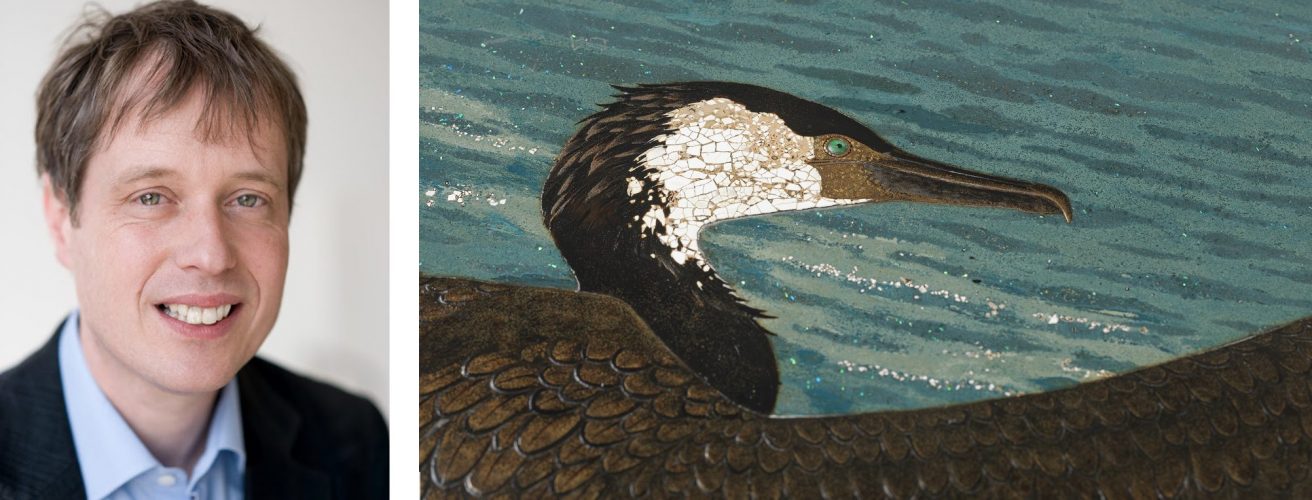
Temporality of Nature in Japanese Lacquer - Bellflowers, gentians, and water striders
Menno Fitski
The exhibition Modern Japanese Lacquer sheds light on the spectacular development in 20th century lacquer art, a period of flourishing modernity and innovations in design. This lecture will introduce the audience to the world of motifs and decorations in lacquer. After all, in the story of a craft that finds a way to reinvent itself, various parts may be played by elements that have a much longer history in lacquer art. Nature, for example, has been an unabated source of inspiration, and this lecture will examine how masters of lacquer art have managed to capture the sense of the temporality of nature in the smooth surfaces of lacquered objects. In some cases this is very specific — not only the seasons can be conveyed by a single motif, but even a particular time of the day.
Biography
Menno Fitski is Head of Asian art at the Rijksmuseum and is responsible for the collection of Japanese art. He specializes in Japanese lacquer and porcelain.
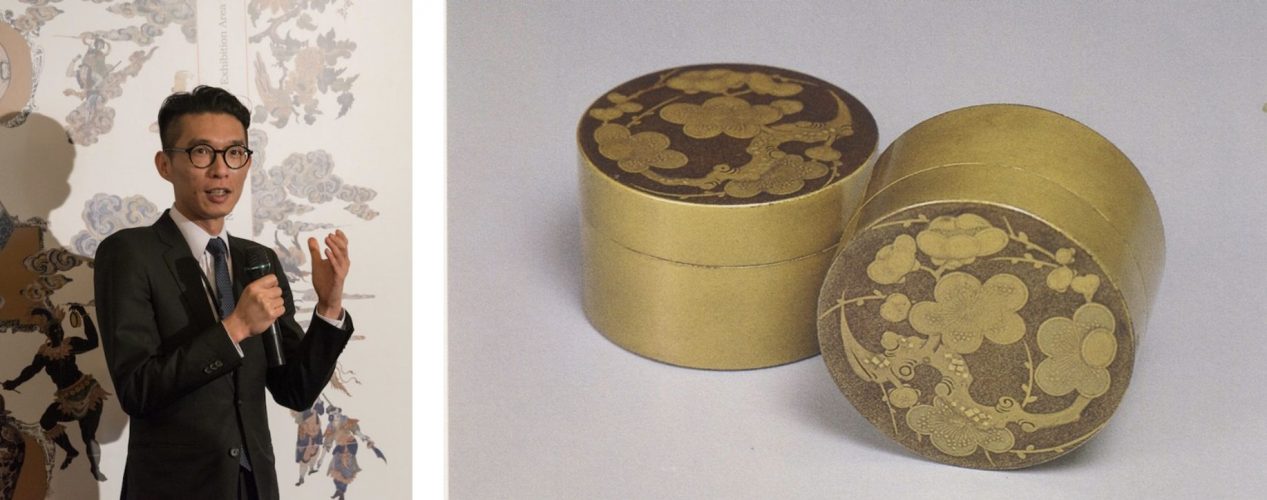
Japanese Lacquerware in the Chinese Imperial Collection and Its Contexts
Ching-Ling Wang
Japanese objects found their way to China around the sixteenth century. Objects such as folding fans and lacquerware soon became desirable, fashionable and valuable commodities. Late Ming Chinese scholars like Gao Lian (1573-1620) and Wen Zhenheng (1585-1645) both favored and appreciated Japanese objects, especially lacquerware, and put them to use in their studios. There are large numbers of Japanese objects in the Qing imperial collections, including ink cakes, coins, painting and calligraphy works, books, porcelains and lacquerwares. In the Palace Museum, Beijing, for example, the amount of Japanese lacquerware is more than 2400 pieces, while there are 411 non-Japanese lacquer objects. Moreover, in the Qing court, there are imitations of Japanese lacquerware (mostly collected in Palace Museum, Beijing, including around 1600 pieces, while in Taipei there are around 80 pieces). This presentation focuses on the Japanese lacquerware in the Qing imperial collection and related issues. It examines the contexts of collection, usage, and craft exchange, as well as reveals some new material from the European collections.
Biography
Dr. Ching-Ling Wang (curator Chinese art, Rijksmuseum Amsterdam) previously worked as curator pre-modern Chinese art in the Museum für Asiatische Kunst, and was also responsible for the Chinese collection of the Ethnologisches Museum. Both museums are Staatliche Museen zu Berlin. From 2012 to 2013 he contributed as a researcher to Connecting Art Histories in the Museum, a joint programme organized by the Kunsthistorisches Institut in Florenz – Max-Planck-Institut and the Staatliche Museen zu Berlin. His research mainly focuses on Chinese literati painting (‘intellectual ink wash painting’), courtly arts of the Ming and Qing dynasties, and exchange in goods, (visual) culture, and art between China and Europe in the seventeenth and eighteenth centuries.
